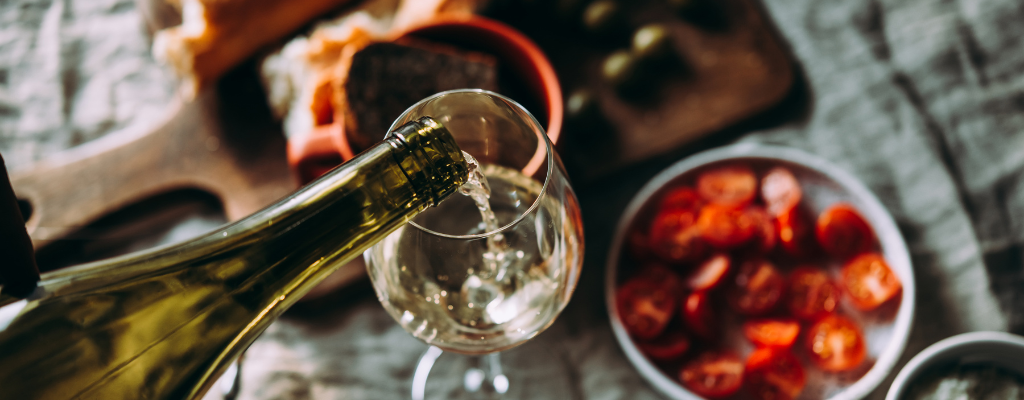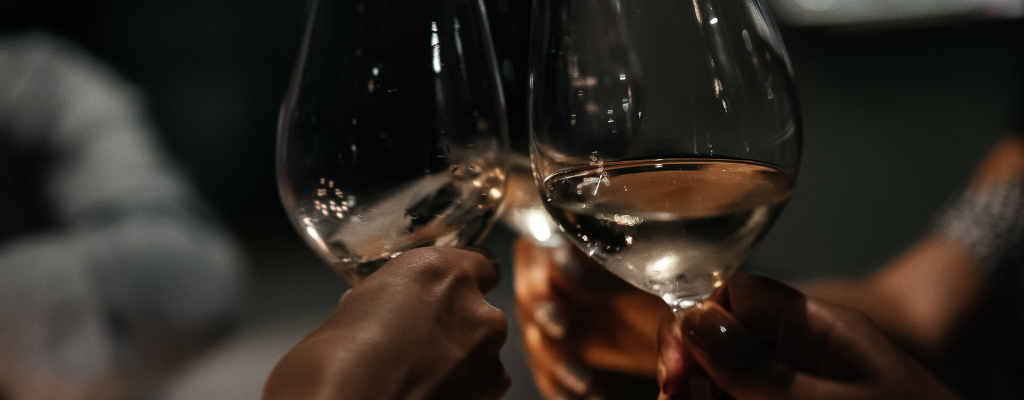Published on June 16, 2023.
Not that we need an excuse…
When thinking of classic wine regions, England does not normally come to mind. However, it is definitely time to change that narrative. The English actually make some pretty excellent wines, but this was not always the case.
When the Romans first conquered English shores, they planted plenty of vines to ensure there was enough wine to go around. Fast-forward to the 1920s, England’s last commercial vineyard shut down for good. As a result, the English had to rely on the expertise of winemakers in neighbouring France and Spain. The situation remained stagnant until after World War II when vineyards cropped up again in southern England.
However, England’s climate wasn’t conducive to growing most grapes. It was relatively cold and rained a lot — not the best weather for growing popular grape varieties like Cabernet Sauvignon and Shiraz. But that did not stop English winemakers, who turned to grape varieties like Ortega, Sevval Blanc, and Bacchus.
The revival of English viticulture really began in the 1950s and after several waves of pioneering work, current producers are creating world-class sparkling wines to rival those of their neighbours across the channel in Champagne. England is now recognised as an enthusiastic new force in the wine world, producing award-winning wines. With the best regions for viticulture along the southern coast of England, from Cornwall to Kent, England grows an array of grapes in its relatively cool and damp climate.
The majority of the viticulture is centred in the Southeast which possesses a similar climate and soils as to be found in Champagne. Sparkling wines account for over 65 percent of wine production in the UK, commonly using the ‘traditional method’, producing an orchard-fruit elegance and a balanced acidity. However, still wines have had a significant growth in recent years with an ever-growing range of wines that have crisp fruitiness and aromatic charm.
This wine is fresh and aromatic, it has aromas of gooseberry, cassis bud and green pineapple on the nose, followed by a zesty palate of pithy pink grapefruit.
Attractive notes of strawberry, raspberry, cherry and redcurrant define this wine leading to a crisp refreshing finish.
This wine shows typical aromas of cool climate Blanc de Blancs; green apple and freshly bakes bread. A savoury finish with fine, persistent bubbles.
Great freshness on the nose, with aromas of white flowers and ripe stone fruit. These flavours are echoed on the palate, which displays fine intensity of fruit, offset by a great core of chalky acidity.
Share this article
About the author

Chloe Lewis
Chloe looks after all copywriting and proof-reading for Drink Warehouse UK, working with the Marketing team to deliver educational content to all our customers. She has spent many years in the hospitality sector, moving from behind the bar to now helping venues to stock their own. You can find more from Chloe about beer, cider, spirits, wine, non-alcoholic, soft drinks and RTDs all over our blogs, website, social media and Set The Bar magazine.
Click here to receive the latest and greatest promotions, new products, competitions and so much more straight to your inbox.










